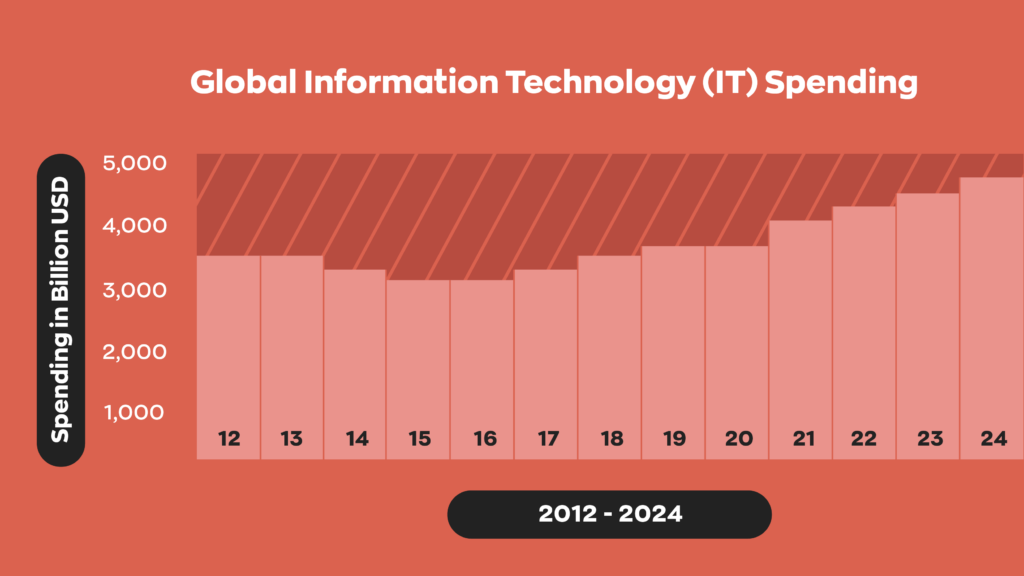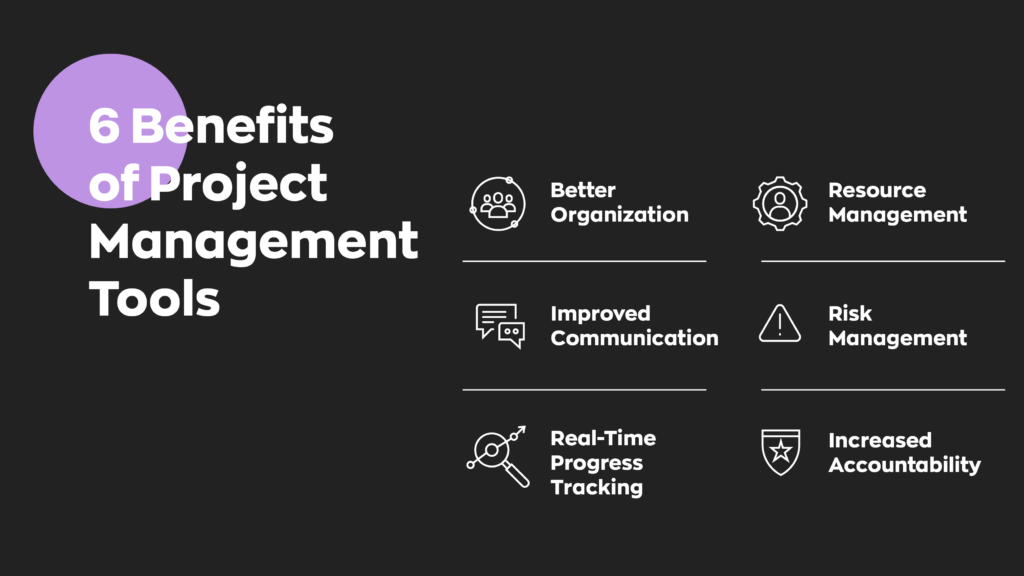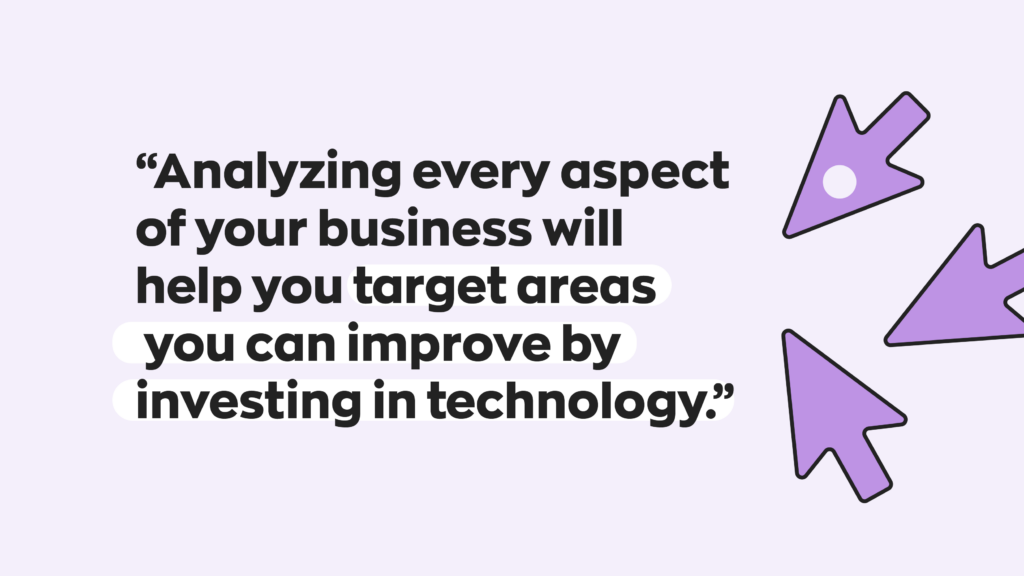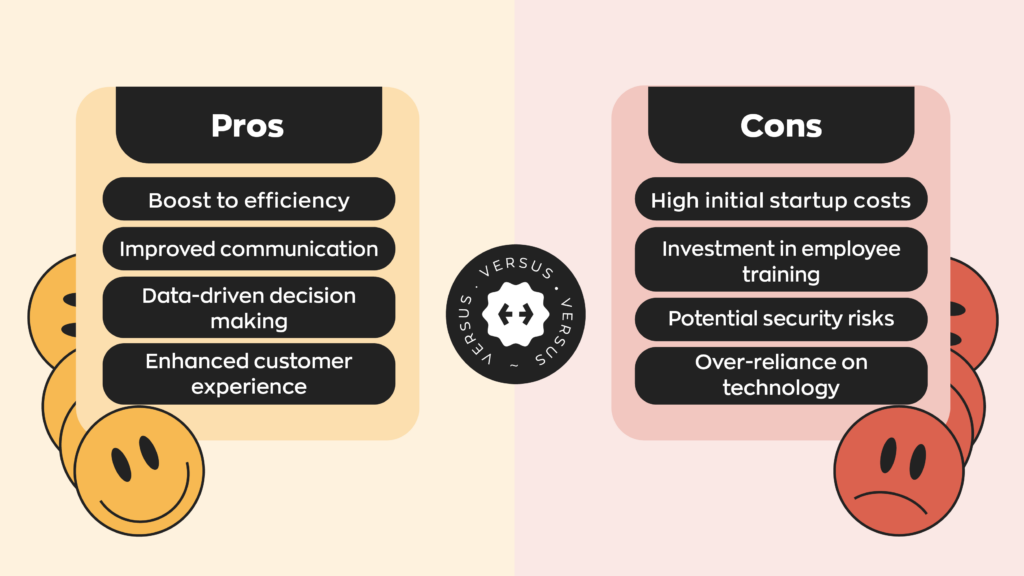Every business faces inherent challenges, regardless of the industry. Stakeholders expect growth and innovation. Competitors threaten your share of the market. Employee turnover can make it challenging to scale.
With so many moving pieces to track, many companies forget to prioritize the obvious: reducing costs.
Minimizing expenses doesn’t mean cutting corners or reducing your headcount; it means making informed decisions about how your company spends cash. It means balancing short and long-term investments in ways that help you stand out in a crowded marketplace.
Many business leaders write off one form of investment — technology — as an expense without a return. In reality, technology isn’t just an investment in corporate growth; it’s also an investment that can accelerate your performance and efficiency.

Let’s take a look at a couple of technology investments that can improve the operations of a business and reduce costs simultaneously.
Streamlining operations and workflows
Improving company workflows is one significant way to save money. When you streamline your operations, you’ll complete the same tasks faster with fewer resources. This leaves less room for error or redundancy and more room for cost savings.
The right technology is critical in streamlining internal workflows. Consider automation tools that can automate repetitive tasks like data entry. Cloud databases reduce the time necessary for file sharing — while keeping your data more secure. Collaborative digital tools improve internal communication and help replace long meetings with brief check-ins.
Even small operational changes can yield considerable cost savings over time. They can help you reduce labor costs and eliminate unnecessary technology your team no longer needs.
Project management programs, task automation, and financial management tools are among the most effective strategies for companies seeking to streamline their operations.
Project management tools
Most businesses have a lot to balance. Between marketing efforts, product development, customer service, and sales, finding the best way to manage resources is challenging. Project management — creating a roadmap to achieve specific objectives — helps to solve that problem.
Project management tools help employees discern priority and direction. They separate projects that deserve immediate attention from those that are less urgent. Moreover, they allow employees to understand how to allocate time, money, and effort most effectively in completing each project.
Here are a few features to look for in a project management tool:
- File sharing: Platform users should be able to share files and information securely within the project management platform.
- Real-time updates: All project contributors should be able to see updates on objectives and completion dates once the project begins.
- Calendar integration: Look for a project management tool that imports critical meeting times and due dates from your work calendar.
- Task assignment: Project managers should be able to assign specific projects or portions of a specific project, to participants.
- Time tracking: Employees should be able to log the time they spend on a project and measure against how long they expected the project to take.
The right project management tool provides busy employees with clarity and structure. It provides a shared framework that allows each employee to take responsibility for the tasks they complete.

Task automation and time management
Time-saving tools are one of the fastest ways to improve efficiency — and reduce costs. Greater time management means fewer hours spent per project. Task automation fuels further efficiency, lowering the possibility of human error. Automating simple tasks also allows employees to handle higher-level projects that might require more insight.
Some tasks are more easily automated than others. For example, automation works well for tasks involving large amounts of data entry, invoice generation, or simple customer support. It can also accelerate processes in employee onboarding and inventory management. By contrast, budgeting, forecasting, and graphic design require more direct human input.
Many companies use task management tools like Asana and Trello to better manage time spent per project. Platforms like Zapier and IFTTT provide varying degrees of task and marketing automation, connecting different applications into complete workflows.
Financial management tools
Digital tools also play a vital role in modern finance. They can improve efficiency and accuracy when fulfilling your company’s expense management processes. The best accounting tools also help streamline accounting and financial forecasting, particularly if they allow for easy document sharing and analytics through the cloud.
Collecting accurate data is an important step in making informed financial decisions. The right financial management tool helps streamline those first steps — specifically data aggregation, cleansing, and reporting — to ensure accurate information when business leaders review it. These tools also help companies uphold financial compliance around reporting and tax filing to avoid any legal concerns.
Optimizing the supply chain
Streamlining your supply chain — the journey of materials from supplier to manufacturer — is a necessary step for most businesses that want to improve efficiency. It means auditing how your company performs important internal processes. You might need to examine your forecasting methods, inventory management solution, vendor relationships, or purchasing decisions.
The result can deliver several key logistics benefits:
- Provide better data on your logistics.
- Improve how your company tracks processes, parts, and orders.
- Accelerate your packing and shipping processes.
- Protect internal health and safety standards.
- Find new opportunities to integrate AI into manual workflows.
Analyzing your entire supply chain can take time, but the improvements you can make can drastically elevate every aspect of your business, from output to money spent.

Inventory management software
Inventory management means tracking every package from manufacturers to warehouses to point-of-sale destinations. The process is a major contributor to cost efficiency if you identify ways to reduce storage costs, improve forecasting, and address triage challenges. Software for inventory management can also simplify your approach to barcoding, account for demand changes, and help you avoid stockouts.
Tracking your inventory in real-time is also a great way to improve the accuracy of your orders. For example, it can provide insight into more effective shipping routes, which can reduce wasted fuel, time, and even expiring products.
Manufacturing management software
If you produce any portion of your products, you already understand how crucial effective manufacturing management is. Manufacturing management software improves virtually every aspect of the manufacturing process, including:
- How you use resources when you create products.
- Troubleshooting and error testing after you build products.
- Financial allocations for production and research.
- Time management between product development and shipping.
Imagine that your company sells in-demand technology like laptops and smartphones. Each product will have a different production time, price, and estimated customer delivery date. Real-time inventorying isn’t an option; it’s a necessary manufacturing process step. Manufacturing management software will help automate order tracking and accounting until products reach a customer’s front door.
Boosting sales and customer relations
Sales is the lifeblood of any business. Without sales, companies can’t afford to create the products or services that sustain the business. In addition, without customer relations, your company can’t make authentic connections with target markets.
Technology can improve both your relationships with customers and your sales totals. For example, customer relationship management (CRM) programs collect consumer information in ways that make marketing more effective. AI-driven customer support messaging can answer easy customer questions without the need for a human employee. Social media outreach lets your company introduce potential new buyers to your brand and its message.

Let’s explore wholesale management software and CRM systems as two solutions that help companies elevate both sales and customer relations.
Wholesale management software
Wholesalers serve as intermediaries between manufacturers and customers. To handle processes like bulk purchasing, accounting, and product distribution, wholesalers often depend on some form of wholesale inventory software.
The right wholesale management software does more than track inventory and sales. It can also help your e-commerce business deploy a dropship-to-wholesale model that allows for scale without steep upfront costs. Without upfront inventory, storage, or a logistics partner, your business can find profits in redirecting products from manufacturers to individual customers.
Customer relationship management (CRM) systems
CRM systems provide valuable insight into your customers. More specifically, they help companies understand a customer’s challenges and pain points. A decent CRM also helps enterprises improve their email sender reputation by providing opt-in opportunities, deliverability insights, and content optimizations. Tailoring your products to solve these challenges maximizes product value and improves your brand’s value in the eyes of your buyers.
Companies can use CRM-fed data on customer preferences to create personalized shopping experiences. Whether that’s an emailed product recommendation or a custom discount code, personalization elevates the customer experience. Creating a customer experience, even if simply notifying users of an upcoming sale, goes a long way in transforming customer satisfaction into customer retention.






0 Comments